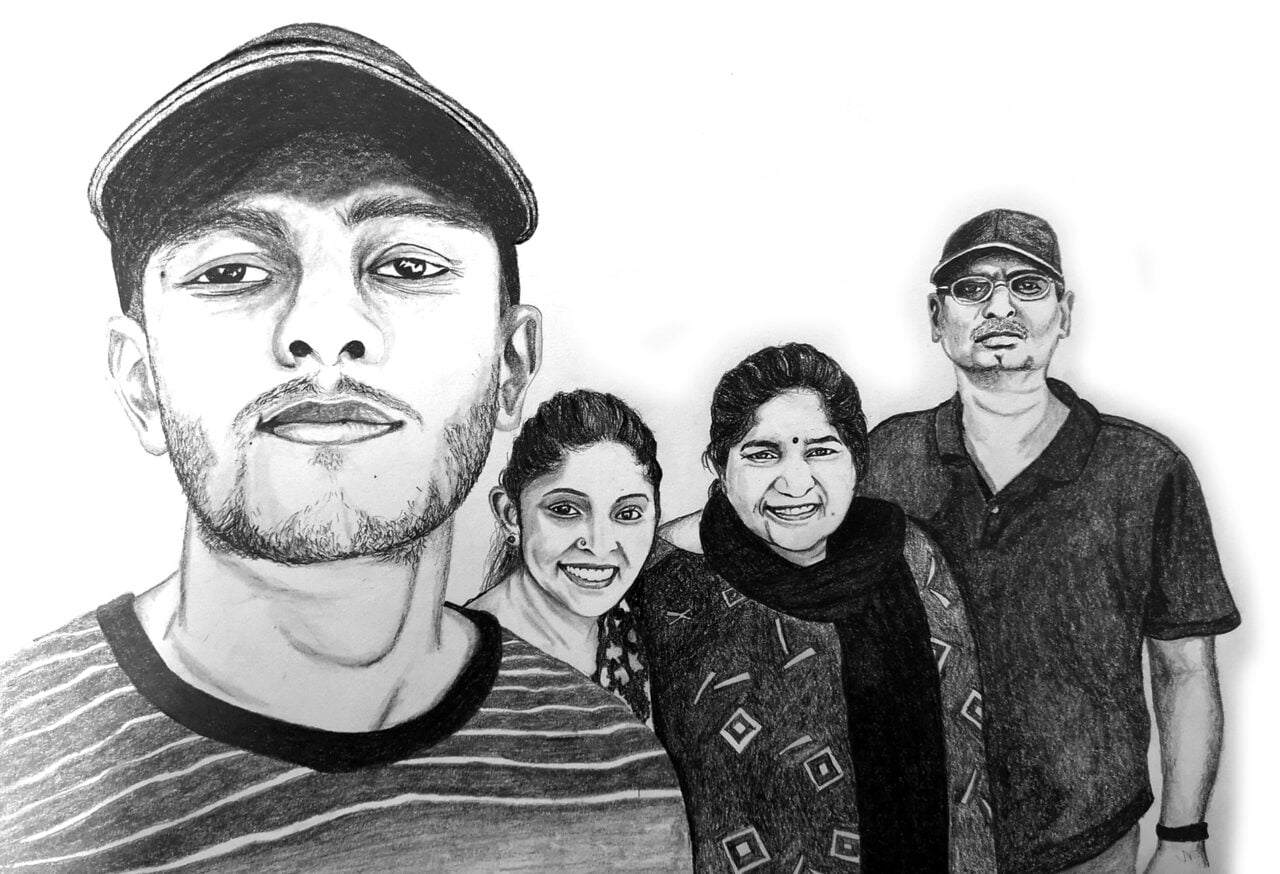
Introduction
In a world where creativity knows no bounds, commissioned drawings stand as remarkable manifestations of collaboration between artists and patrons. These bespoke creations unveil a distinctive blend of artistic vision and personal expression, resulting in a timeless piece that captures emotions, stories, and cherished memories. In this article, we will explore the enchanting world of commissioned drawings, shedding light on the process, benefits, and the profound impact they have on both the artist and the commissioner.

- The Art of Collaboration
Commissioned drawings represent a unique form of artistic collaboration, where the commissioner’s ideas and desires merge harmoniously with the artist’s skill and imagination. This collaborative process starts with a conversation, where the commissioner communicates their vision, providing reference materials, ideas, and themes. The artist, in turn, brings their expertise to the table, interpreting and refining these concepts to create a visual representation that exceeds expectations. This artistic partnership fosters a deep connection between the artist and the commissioner, resulting in a truly personalized and meaningful piece of art.
- Personal Expression and Customization
Unlike mass-produced art, commissioned drawings offer an opportunity for customization and personal expression. They allow individuals to possess a one-of-a-kind artwork that reflects their personality, experiences, or passions. From portraits capturing the likeness of loved ones to landscapes that evoke cherished memories, commissioned drawings provide a medium for individuals to preserve and celebrate the moments that hold deep significance in their lives. The level of customization ensures that each commissioned piece carries a unique story, making it an invaluable treasure.
- Emotional Significance and Sentimental Value
One of the most remarkable aspects of commissioned drawings is the emotional significance they hold for both the artist and the commissioner. For the artist, creating a commissioned piece goes beyond the act of drawing; it becomes a process of understanding and connecting with the commissioner’s story, emotions, and aspirations. As the artwork takes shape, it becomes an embodiment of shared vision and a testament to the artist’s skill. For the commissioner, receiving a commissioned drawing instills a sense of appreciation, as they witness their ideas and memories transformed into a tangible form. The sentimental value attached to these pieces often transcends their aesthetic appeal, becoming cherished heirlooms passed down through generations.
- Supporting Artists and Fostering Creativity
Commissioned drawings offer a way for individuals to directly support artists and contribute to the thriving art community. By commissioning an artist, patrons provide them with an opportunity to practice their craft, refine their skills, and make a living doing what they love. This symbiotic relationship allows artists to explore new techniques, experiment with different styles, and push the boundaries of their creativity. Commissioned work acts as a catalyst for artistic growth and ensures the continued flourishing of the art world.
- Beyond Boundaries: Exploring Diverse Art Forms
Commissioned drawings encompass a vast array of art forms, transcending traditional boundaries. From pencil and ink sketches to vibrant digital illustrations, artists employ various mediums to bring their creations to life. Moreover, commissioned drawings are not limited to conventional subjects; they extend to fantasy art, character design, book illustrations, concept art, and even architectural renderings. The versatility of commissioned drawings opens up endless possibilities, allowing artists and commissioners to explore new horizons and push the limits of artistic expression.
Conclusion
Commissioned drawings represent an extraordinary fusion of art and personal expression. Through collaboration, customization, and emotional significance, they provide a platform for the creation of unique, tailor-made artworks that encapsulate stories, emotions, and memories. Commissioning a drawing not only supports artists but also offers individuals the chance to own a remarkable piece that holds profound sentimental value. As the world continues to embrace the beauty of commissioned drawings, it paves the way for a renaissance of creativity, fostering a vibrant and thriving art community.

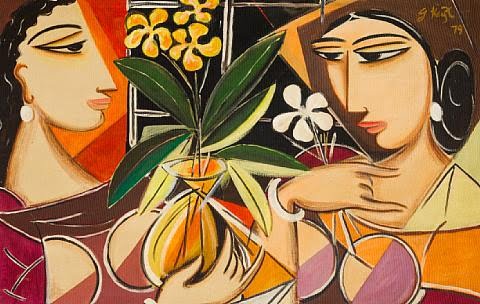
 George Keyt (1901-1993) was a Sri Lankan artist whose work spanned multiple genres and styles. He is widely considered to be one of the most important and influential artists in the history of Sri Lankan art, and his work continues to inspire and captivate audiences to this day.
George Keyt (1901-1993) was a Sri Lankan artist whose work spanned multiple genres and styles. He is widely considered to be one of the most important and influential artists in the history of Sri Lankan art, and his work continues to inspire and captivate audiences to this day.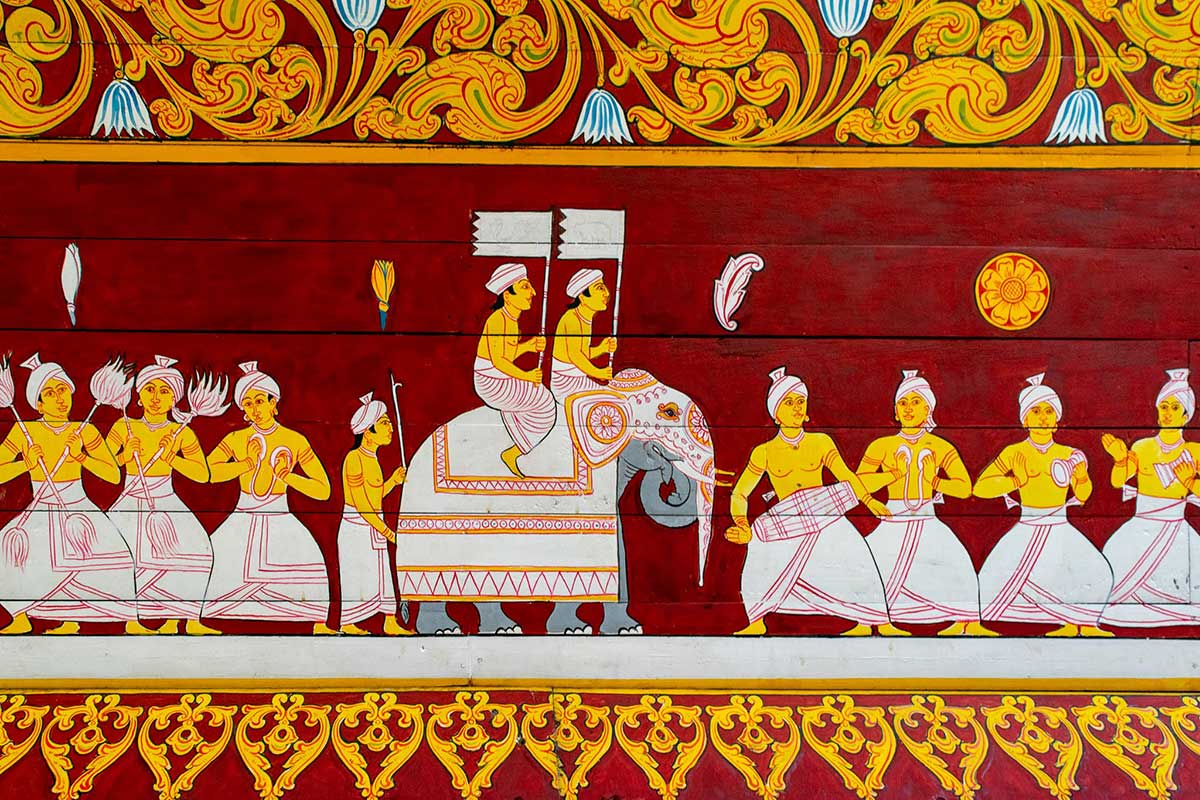
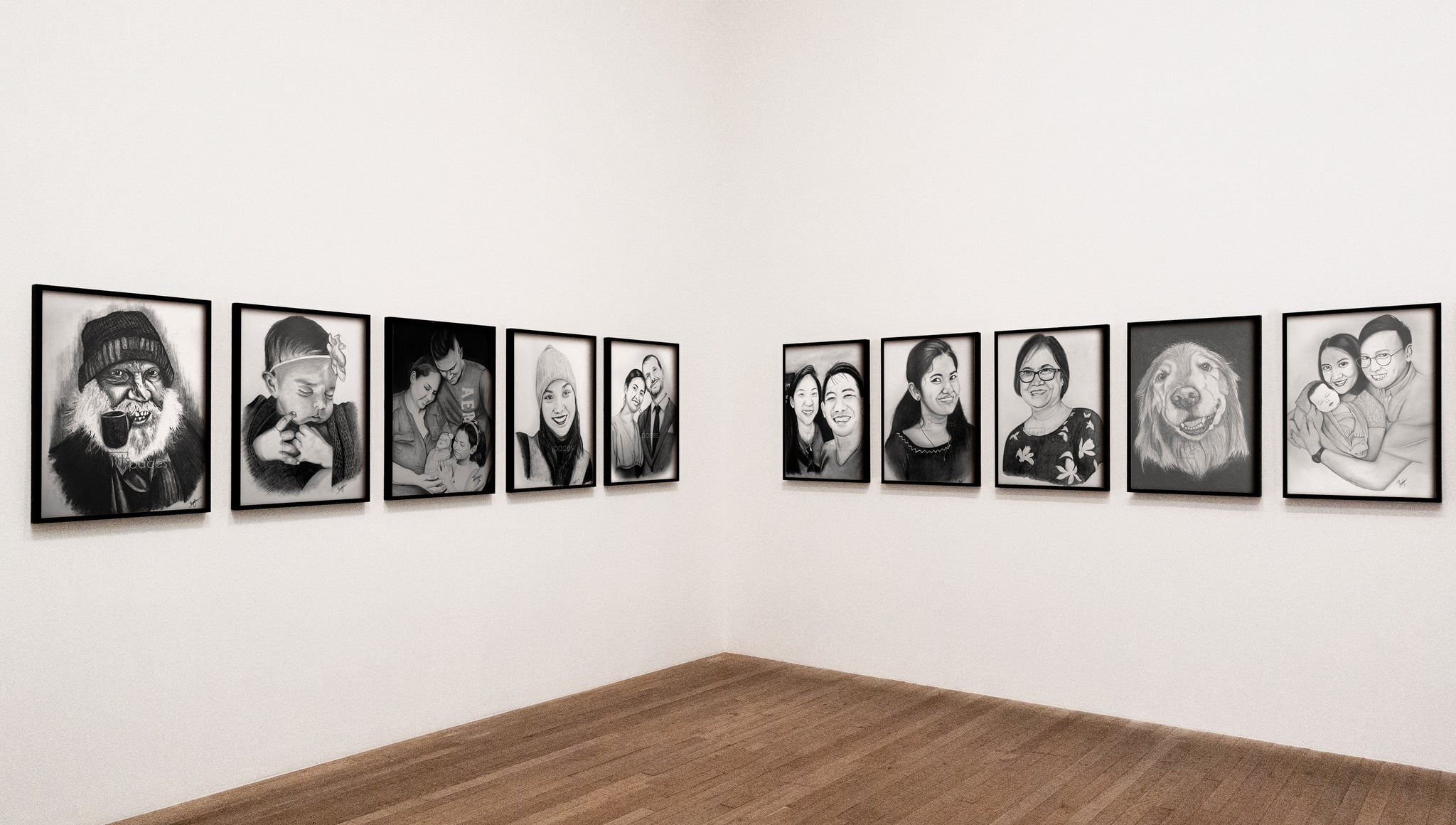
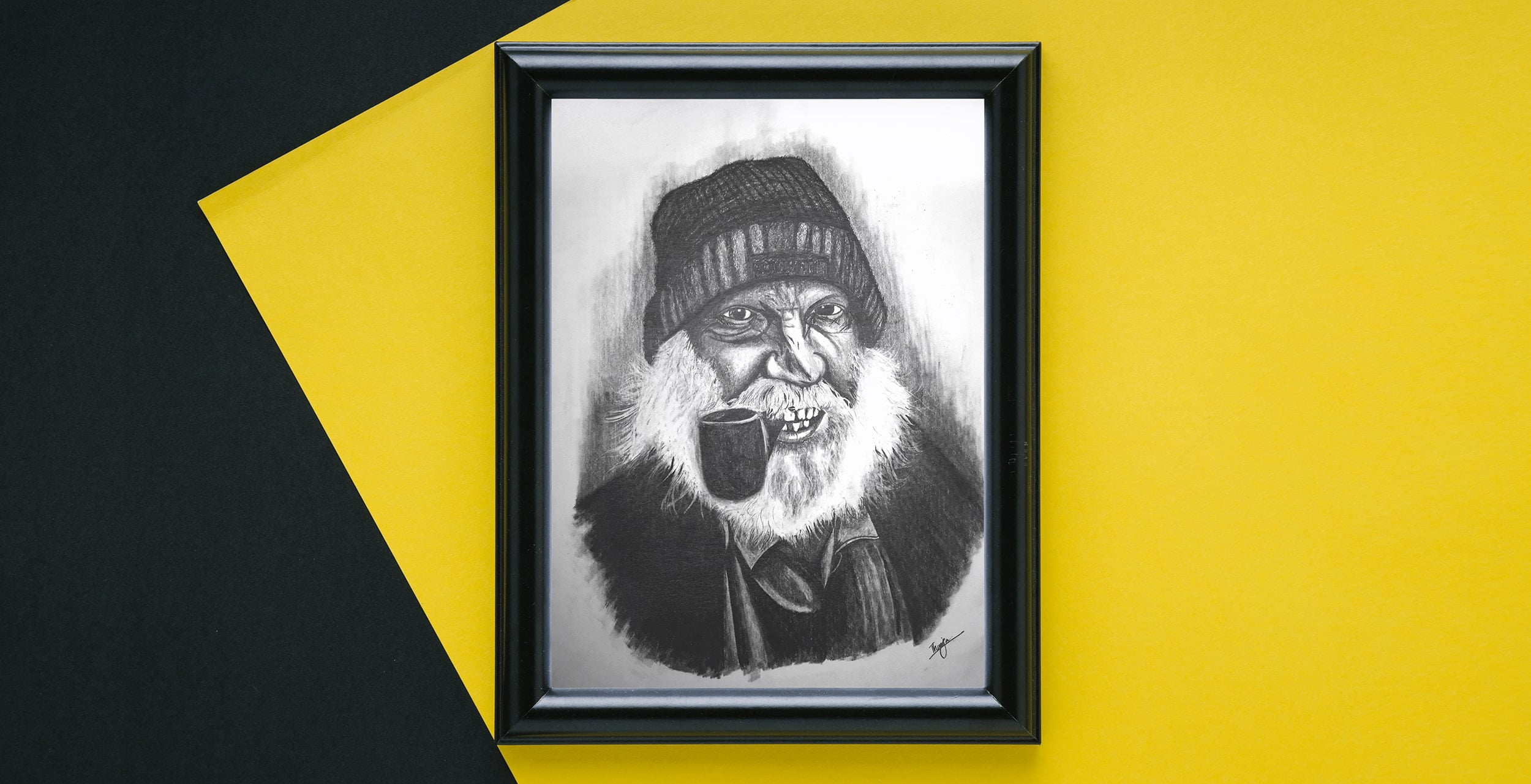
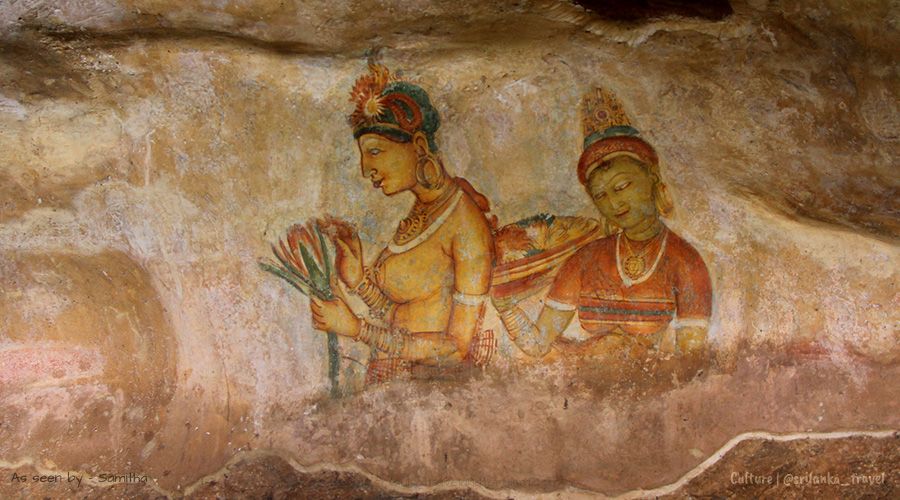
Recent Comments